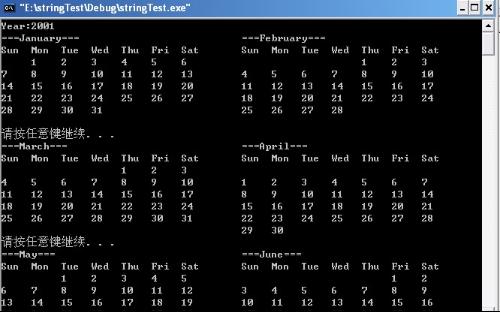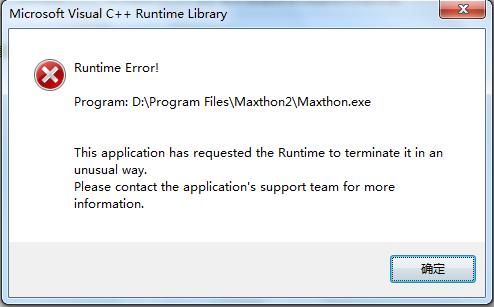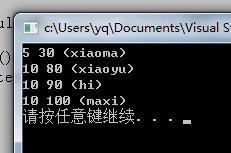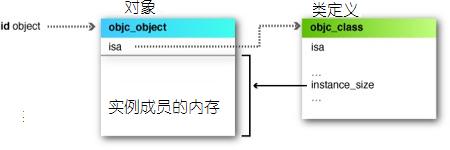从N个数中选取最大的前10个[堆排序版]
题目:从N个数中选取最大的前10个, 有序输出.
N最大可能达到1000亿
每个数范围是0 - 2147483647
堆排序版测试结果:
总计[1000000]个输入
总计比较[4232804]次
总计写内存[3849024]次
总计耗时[0.046478s]
/*
* author: goosman.lei
* mail: lgg860911@yahoo.com.cn
* blog: http://blog.csdn.net/lgg201
*/
#include <stdio.h>
#include <time.h>
#include <stdlib.h>
#include <unistd.h>
#include <strings.h>
#define BUFF_LEN (4096)
#define PARENT(i) ((i) / 2 - 1)
#define LEFT(i) ((i + 1) * 2 - 1)
#define RIGHT(i) ((i + 1) * 2)
/* #define DEBUG */
#define INFO
#ifdef INFO
int s_0, s_1, s_2;
struct timeval begin, end;
#endif
typedef struct queue_s queue_t;
struct queue_s {
int data;
queue_t *next;
};
static void generate_test_data(long n) {
long i;
int r;
int l;
l = sizeof(int);
srand(time(NULL));
for ( i = 0; i < n; i ++ ) {
r = rand();
fprintf(stdout, "%d\n", r);
write(STDERR_FILENO, &r, l);
}
}
static int read_input(int fd, void *buff, int buff_len) {
int i, ret;
for ( i = 0; i < buff_len; ) {
ret = read(fd, buff, BUFF_LEN);
if ( -1 == ret ) {
perror("read error\n");
exit(0);
} else if ( 0 == ret ) {
break;
} else {
buff += ret;
i += ret;
}
}
return i;
}
static void dump_link(queue_t *q, int n) {
for ( ; q != NULL; q = q->next )
fprintf(n ? stderr : stdout, "%d\n", q->data);
if ( n ) printf("\n");
}
void max_heapify(int *sbuff, int j) {
int i;
#ifdef INFO
s_0 += 3;
s_1 ++;
#endif
if ( sbuff[j] < sbuff[LEFT(j)] )
i = LEFT(j);
else
i = j;
if ( sbuff[i] < sbuff[RIGHT(j)] ) {
i = RIGHT(j);
#ifdef INFO
s_1 ++;
#endif
}
if ( i != j ) {
sbuff[i] ^= sbuff[j];
sbuff[j] ^= sbuff[i];
sbuff[i] ^= sbuff[j];
max_heapify(sbuff, i);
#ifdef INFO
s_1 += 3;
#endif
}
}
int main(int argc, char *argv[]) {
int *sbuff, *rbuff, *rbuff_t;
int i, j, n, rbuff_n;
if ( argc < 2 ) {
printf("usage: \n\t1. 生成测试数据: %s <number> /* 标准错误以二进制方式输出测试数据, 标准输出以文本方式输出测试数据用于脚本校验 */\n\t2. 执行Top 10查找: %s <exec> /* 标准输出输出前10个最大数据(倒序), 开启INFO时在标准错误输出统计信息, 开启DEBUG时在标准错误输出调试信息\n",
argv[0], argv[0]);
return (0);
}
if ( strcmp(argv[1], "exec") != 0 ) {
/* 不考虑数字输入的容错了 */
generate_test_data(atoi(argv[1]));
return 0;
}
sbuff = malloc(1024 * 1024 * 4 - 4);
rbuff = malloc(256 * 1024 * 10 * 4); /* 足够10000亿数据 */
rbuff_t = rbuff;
rbuff_n = 0;
#ifdef INFO
s_0 = 0;
s_1 = 0;
s_2 = 0;
gettimeofday(&begin, NULL);
#endif
while ( 0 != (n = read_input(STDIN_FILENO, sbuff, 1024 * 1024 * 4 - 4)) ) {
#ifdef INFO
s_2 += n / 4;
#endif
for ( j = (n / 4) / 2; j >= 0; j -- ) {
#ifdef INFO
s_0 ++;
#endif
max_heapify(sbuff, j);
}
for ( i = 0; i < 10; i ++ ) {
#ifdef INFO
s_0 ++;
s_1 += 4;
#endif
rbuff[rbuff_n] = sbuff[0];
sbuff[0] = sbuff[(n / 4) - 1 - i];
sbuff[(n / 4) - 1 - i] = -1;
max_heapify(sbuff, 0);
rbuff_n ++;
}
}
for ( j = rbuff_n / 2; j >= 0; j -- ) {
#ifdef INFO
补充:软件开发 , C语言 ,上一个:如何实现 C 的函数重载
下一个:从N个数中选取最大的前10个[C语言版]
- 更多C/C++疑问解答:
- 关于c++的cout输出的问题。
- 在学校里学过C和C++,不过学的很一般,现在自学C#,会不会很难?
- 全国计算机二级C语言笔试题
- 已知某树有2个2度结点,3个3度结点,4个4度结点,问有几个叶子结点?
- c++数据结构内部排序问题,整数排序
- 2012九月计算机二级C语言全国题库,,急求急求
- 如果assert只有一个字符串作为参数,是什么意思呢?
- C语言中,哪些运算符具有左结合性,哪些具有右结合性,帮忙总结下,谢谢了!
- 为什么用结构体编写的程序输入是,0输不出来啊~~~
- 将IEEE—754的十六进制转化为十进制浮点类型,用C或C++都行,多谢各位大侠啊,非常感谢!
- 为什么这个程序求不出公式?
- 这个链表倒置的算法请大家分析下
- c语言函数库调用
- C语言unsigned int纠错
- C语言快排求解啊





